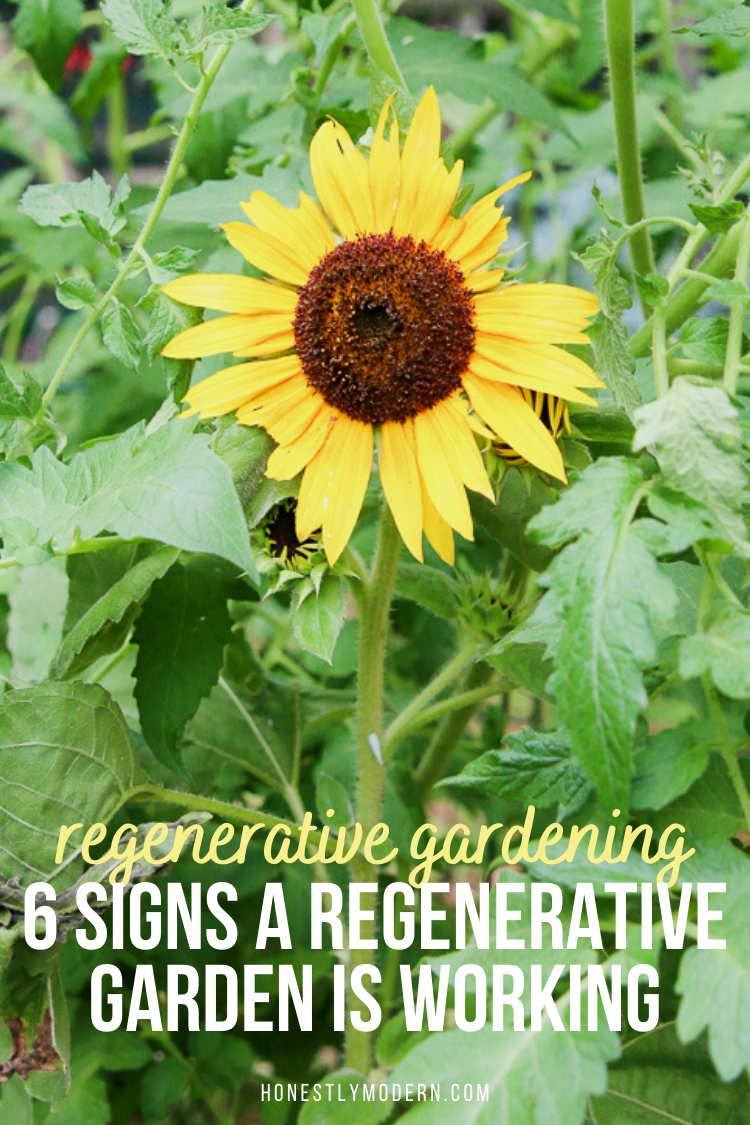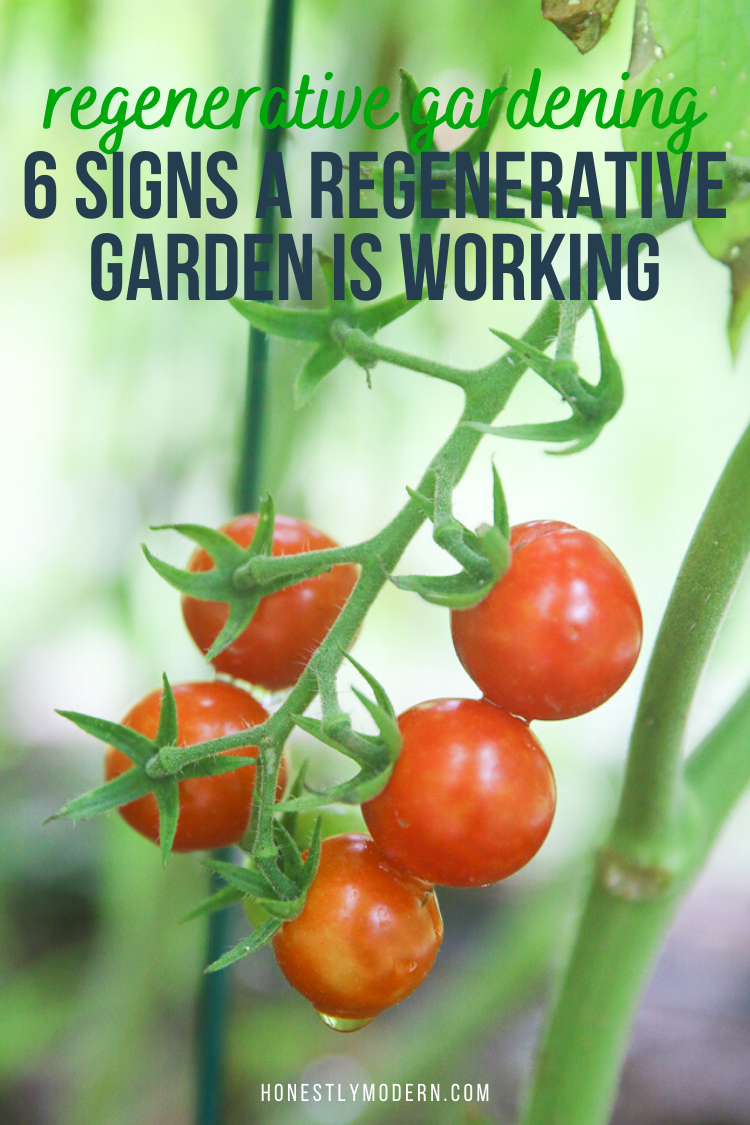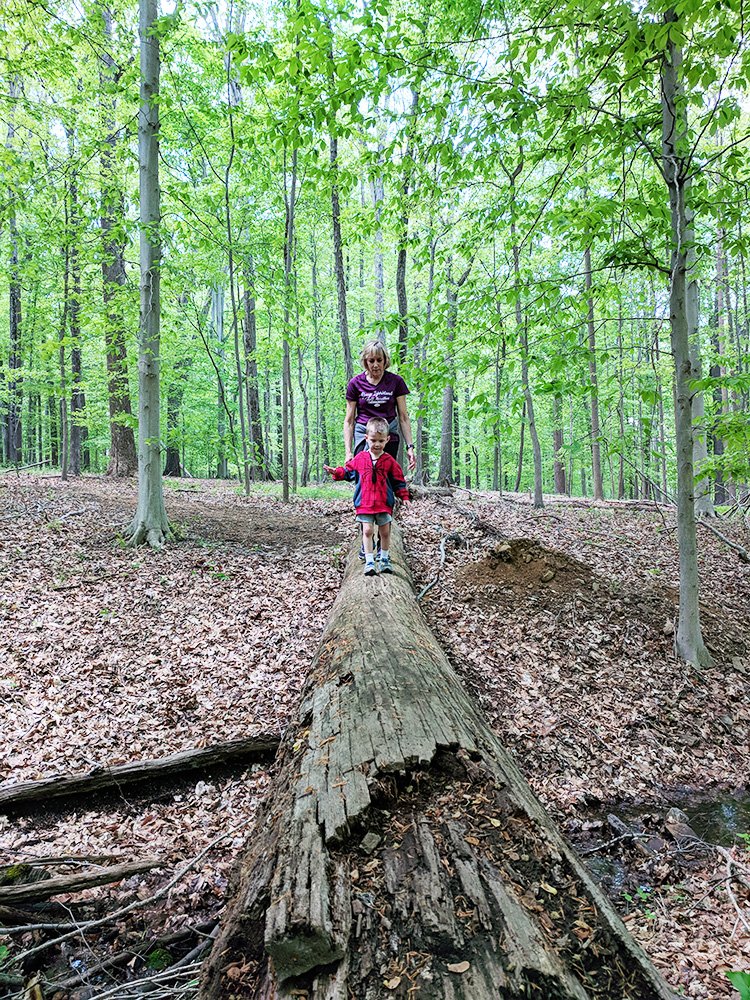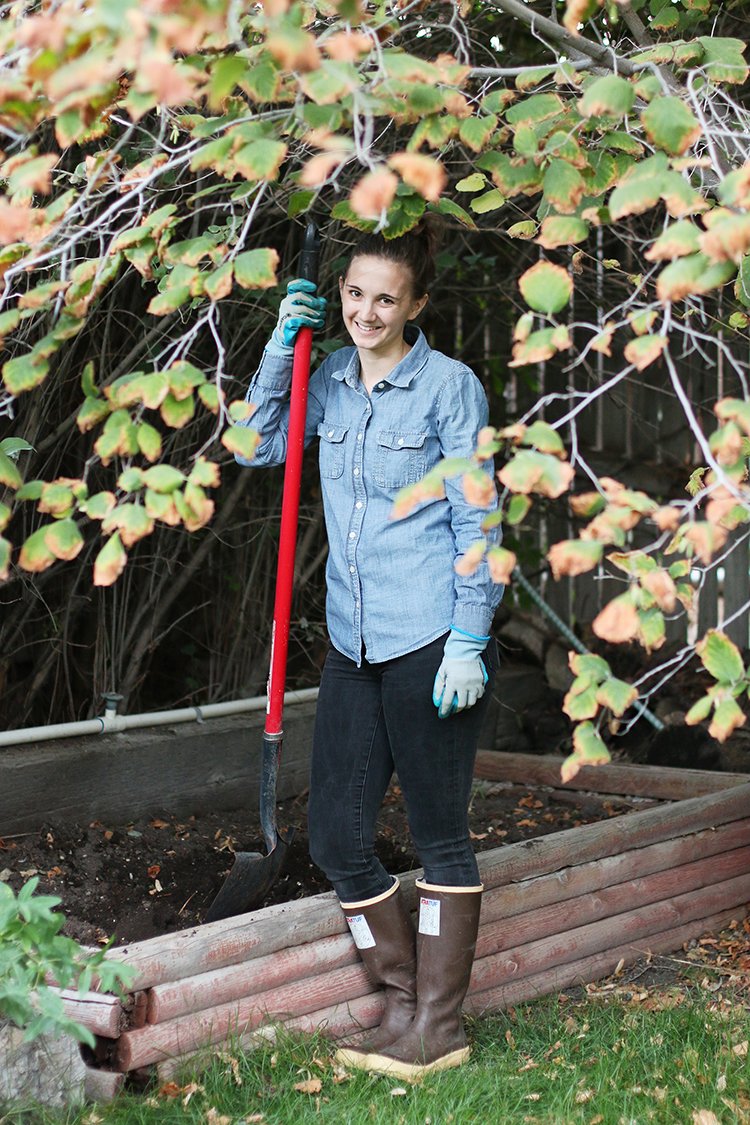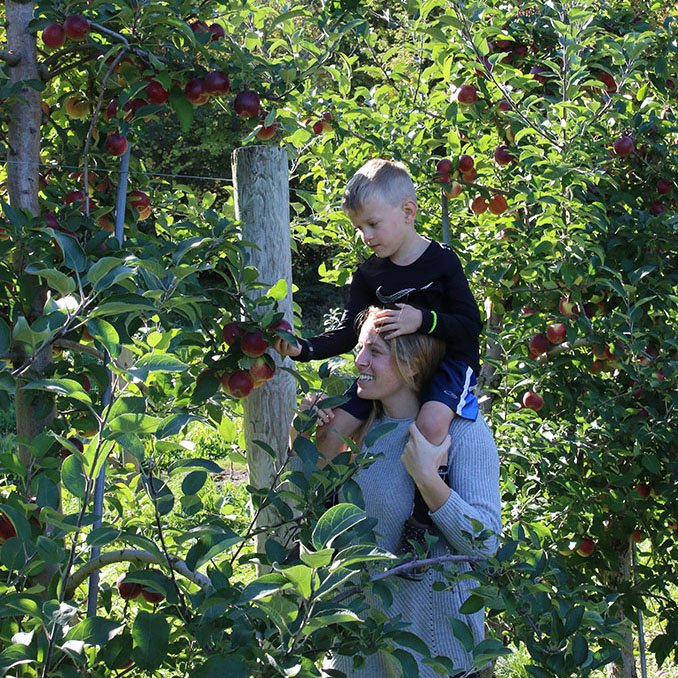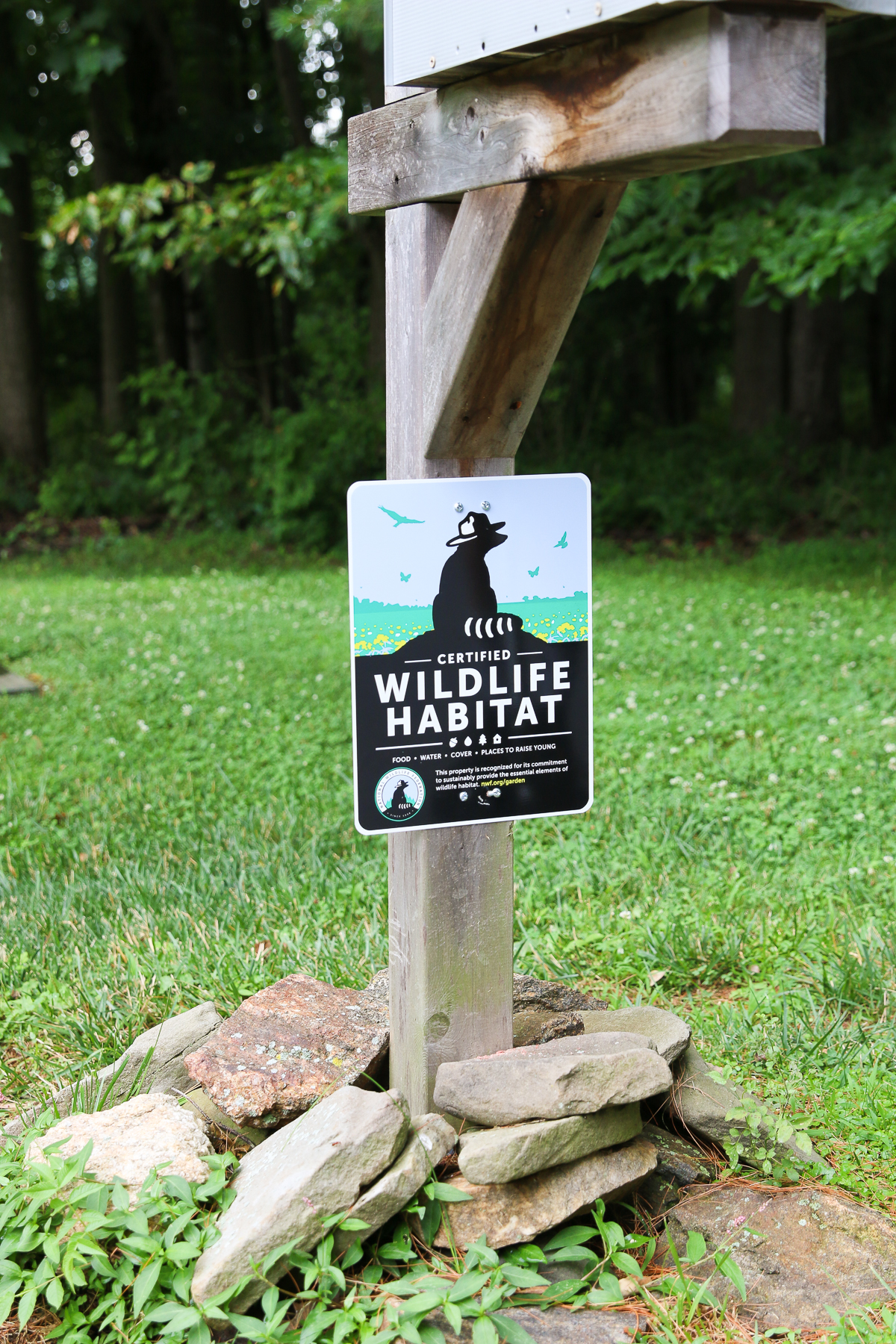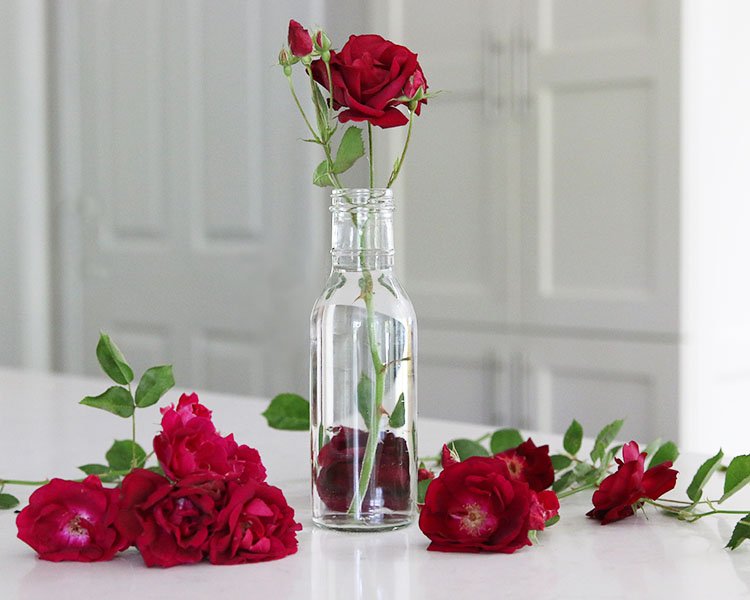6 Signs A Regenerative Garden is Thriving
Do you practice regenerative gardening in your home garden? How has your garden changes or what signs do you see that regenerative gardening is helping to make your soil and plants happier and healthier?
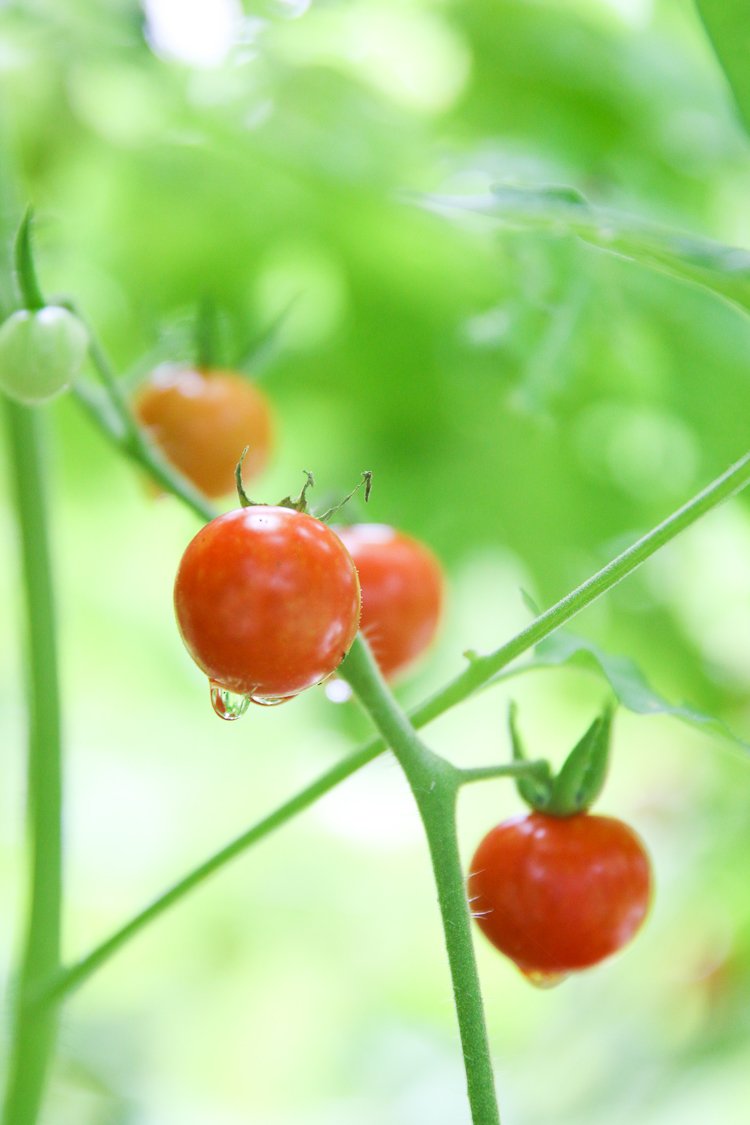
I’m a messy gardener. I embrace weeds. I resist the use of pesticides, so we have lots of bugs and spider webs around the garden. My compost pile is just that, a lazy pile hanging out on the edge of our garden where food scraps and yard waste go to become garden gold.
I am a messy gardener because I believe that nature can do its work best. Nature has spent millions of years perfecting the art of regeneration, or natural recycling. When we give nature space to take care of itself, it’s amazing how well things work out.
As beautifully outlined in Braiding Sweetgrass by Robyn Kimmerer, indigenous wisdom reminds us that humans can have a positive impact on the environment when we respect nature’s skills and force. So long as we meddle in ways that are symbiotic with nature and not destructive, we have the ability to enhance nature’s own regenerative capabilities. It’s this mindset that I apply to growing our garden and taking care of our space at home.
As I observe our garden and spend a few minutes tending to it most days, there are many signs that our regenerative gardening habits are effective at creating a healthier and more biodiverse ecosystem. These are a few ways that I know our regenerative garden habits are working and our garden is thriving.
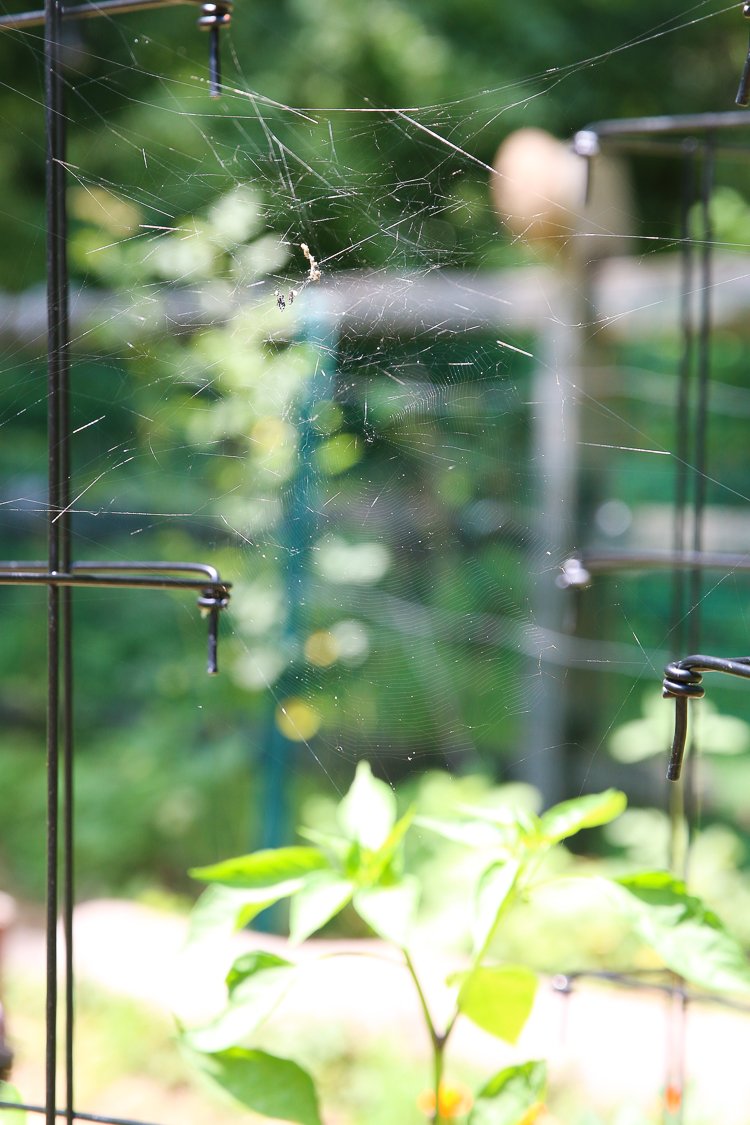
Spiderwebs Abound
This year, we have so many spider webs in the garden. Spiders have created webs around plants and between cages and trellises. The webs are full of insects. Spiders follow food, so I think it’s safe to assume that the abundance of spider webs indicates that we have a diverse population of bugs and insects flourishing in our garden that make for a bountiful breakfast for the spiders.
It might seem counter-intuitive to invite so many bugs into our garden. After all, invasive pests can pose a lot of trouble for plants. However, plants and gardens thrive in healthy soil, and healthy soil needs a plethora of bugs and microorganisms living in it to remain healthy.
Once a garden has good biodiversity, it will attract many positive insects like spiders and praying mantis’ that naturally manage the pest populations. But for the cabbage worms that have eaten our Brassicca plants, we have very minimal damage on any other plants from bugs and insects.
First Ladybug!
I’ve never seen a ladybug in my garden until a few weeks ago. Much like spiders, ladybugs eat other bugs and follow their prey. When I see ladybugs in our garden, I know that there is a variety of insect life for them to find their lunch.
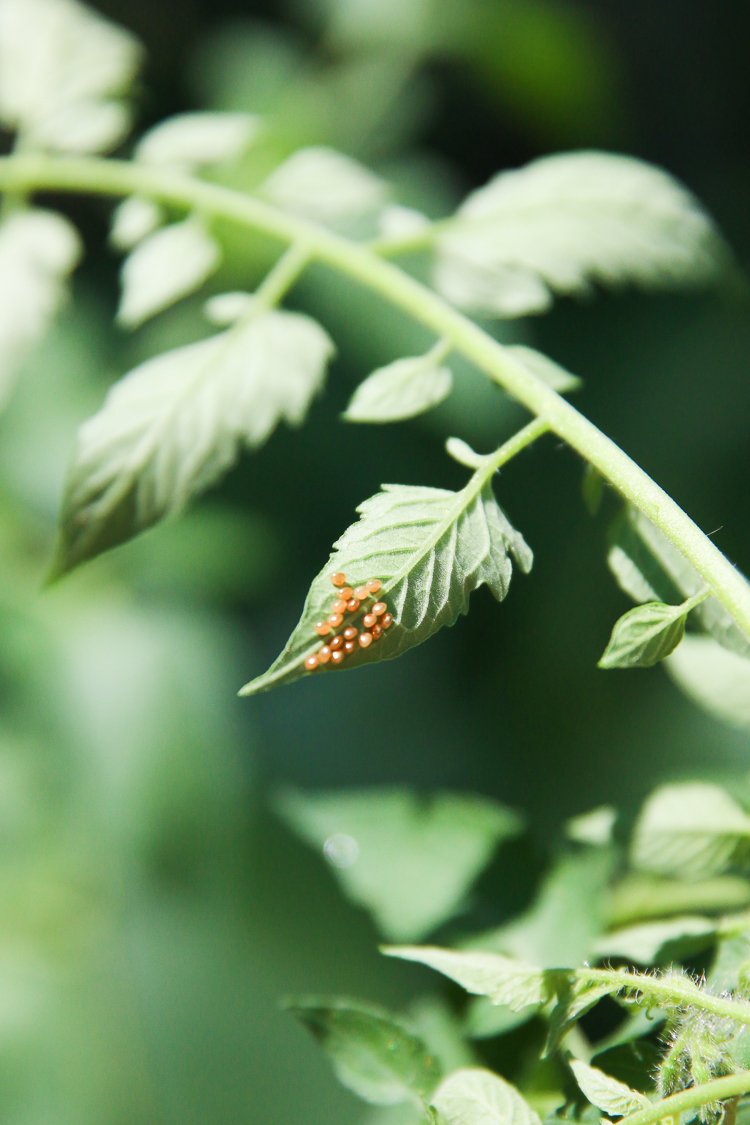
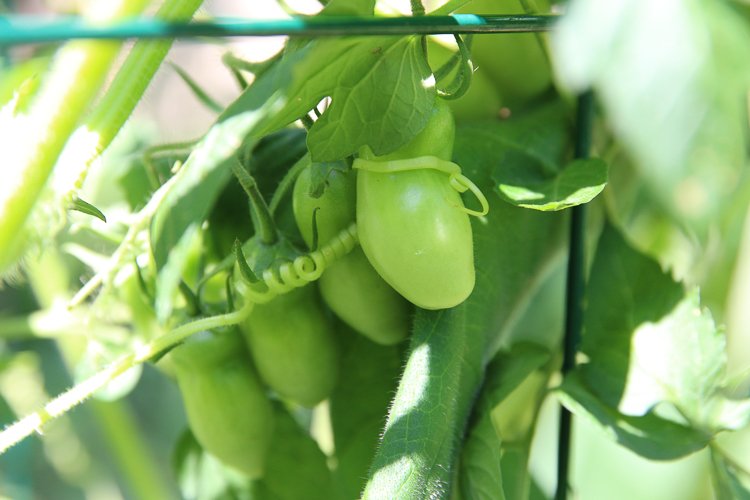
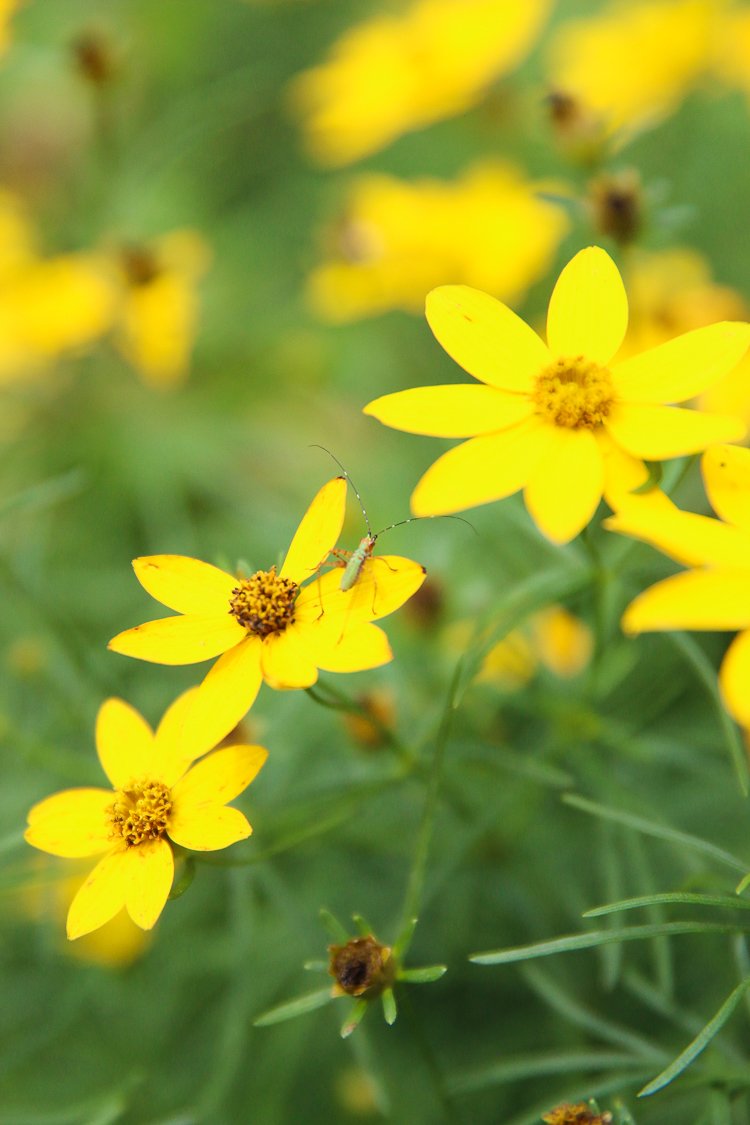
Breakfast Buffet For Birds
Spiders and ladybugs aren’t the only animals who make a meal out of bugs. Every morning, we have families of birds from Blue Jays and Robins to Cardinals and Chickadees that hang out in the garden and snack away in the soil.
Seeing our garden teeming with life reinforces that our regenerative gardening habits are working. While some might argue that birds and insects pose problems for gardens, we have very few issues as a result of their presents.
In fact, with plenty of insects around, the birds have ignored our strawberries, raspberries, and blackberries in favor of more protein-rich snacks. This year, I chose not to cover the strawberries with nets, and the birds took very few of them, if any, before we harvested them for ourselves.
Thirsty Soil and Good Water Absorption
In years past, we’ve had certain raised beds filled with fairly poor quality dirt. I hesitate to even call it soil, because soil implies a wealth of life teeming within it. The dirt looked dry and often cracked on the surface, especially when it was bare.
This year, we have very few issues with dry soil. When it rains, the soil stays moist for quite a bit longer than it has in the past. Certain plants have small puddles that developed around their stems after watering and rain. But after a few minutes, the water soaks into the soil and keeps the plant well-hydrated for a couple of days, even in spite of the record heat we’ve experienced in the last few weeks.
Healthy soil holds much more water than dry or dead dirt, which helps prevent against drought and flooding.
Soil Is Getting Darker
Dry dirt is often lighter in color than a healthy, dark and Earthy-smelling soil. During spring, I added compost to many of the beds in hopes of making the soil healthier before planting vegetables for the summer.
As we have progressed throughout the summer, I can see the soil is getting darker in many of the beds, an indication that the soil is getting healthier. I suspect this related both to the compost flourishing in the beds and the plants feeding the microorganisms and bacteria in the soil as photosynthesis produces sugars that seep out of the roots and into the soil.
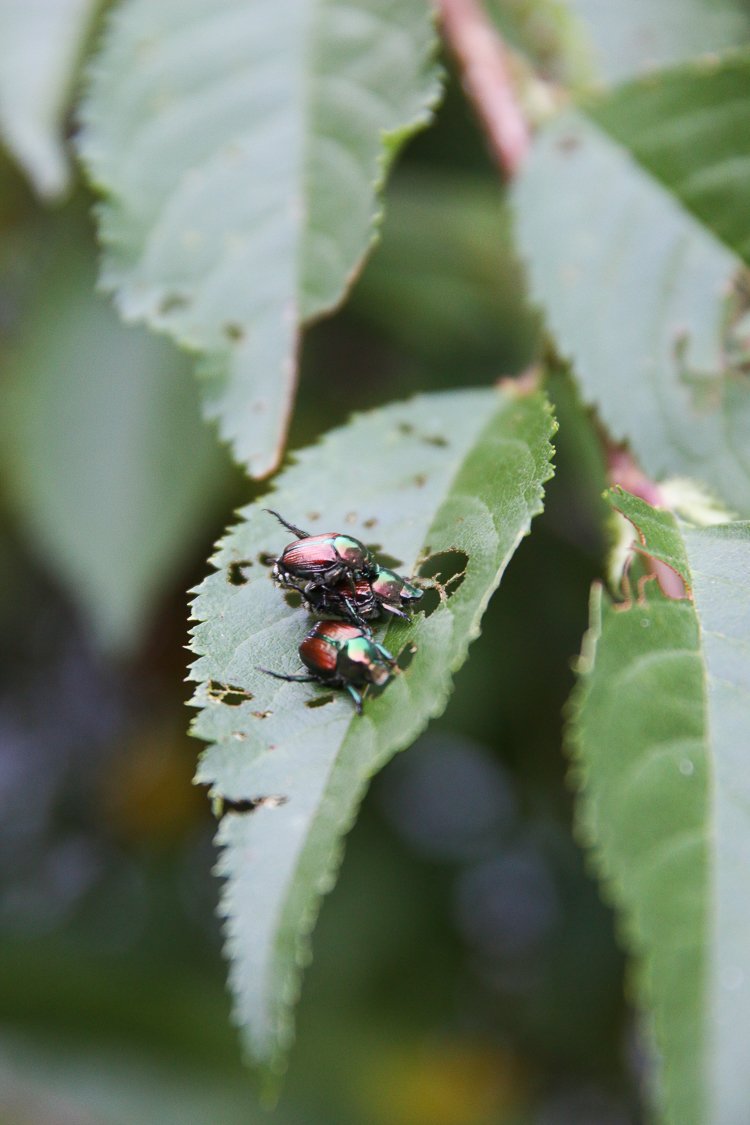
Plants Are Surviving Some Insect Activity
As I mentioned above, we have plenty of insects in our garden. For the most part, the plants have been resilient to their presence. Cabbageworms ate our brussel sprouts, cauliflower, and kale to smitherines. I half expected this because I planted them during a season that was hotter than their ideal weather.
Aside from these casualties, most of our plants have held up quite well to the variety of bugs hanging out on and around them. Healthy soil provides more nutrients and resources for plants to use to fend off insect invasions.
Our garden isn’t perfect, and I learn a lot by making mistakes. But building our garden from the ground up, literally, by doing my best to create healthy soil and complex ecosystems in the soil structure is so rewarding.
I love turning the compost and seeing all the earthworms and bugs working hard to break down scraps and process nutrients that will eventually feed new plants. I love smelling healthy soil that has such a sweet and earthy aroma. And I love knowing that my efforts to make our soil healthier help sequester carbon, reduce food waste, support biodiversity, and keep our waterways clean.
Healthier soil is pretty awesome, and it’s definitely my jam. What do you do to help make the soil in your yard or garden healthy? How do you know that your actions are effective? I’d love to hear all about how you can see that the soil in your garden is happy, healthy, and thriving.
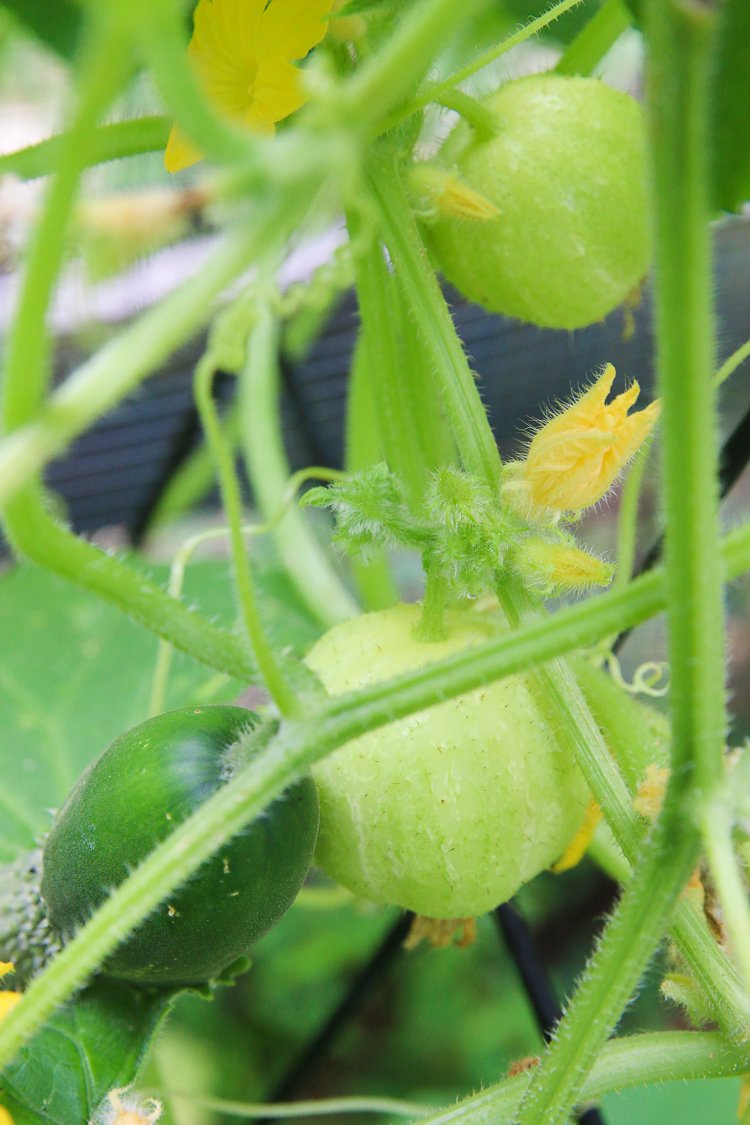
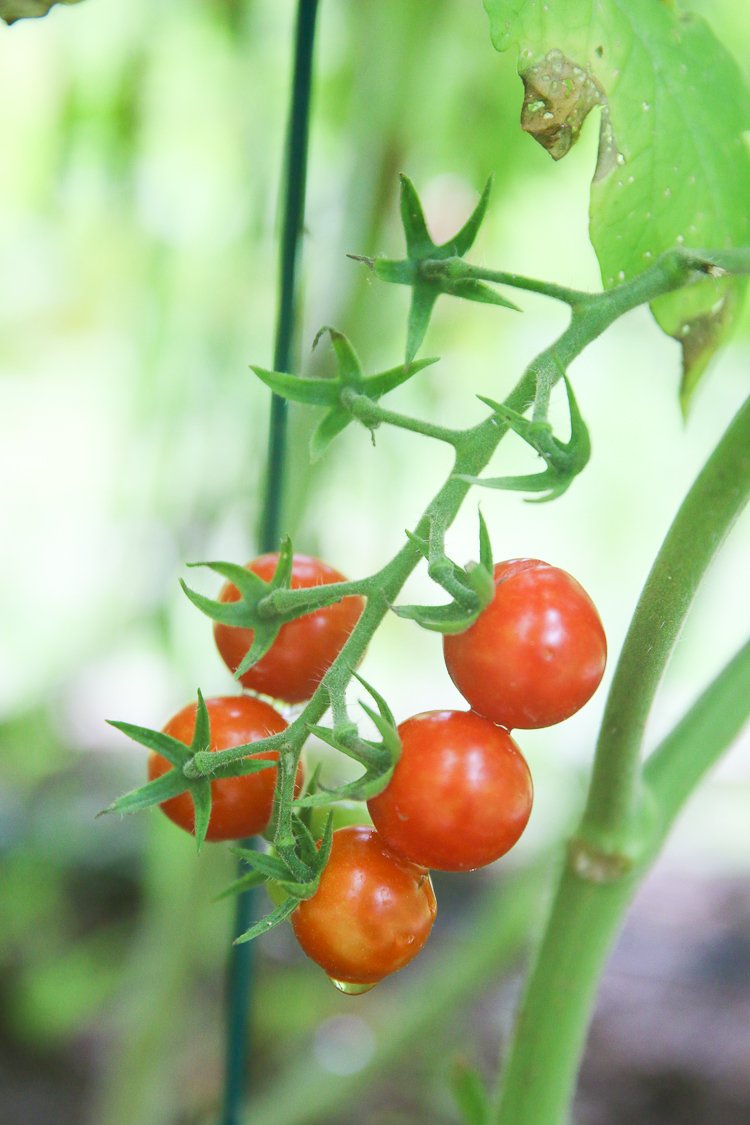
If You Like Regenerative Gardening, You Might Also Like
Everything To Know About Composting At Home
What Is Regenerative Living For Modern Families?
10 Principles Of A Climate Resilience Garden

